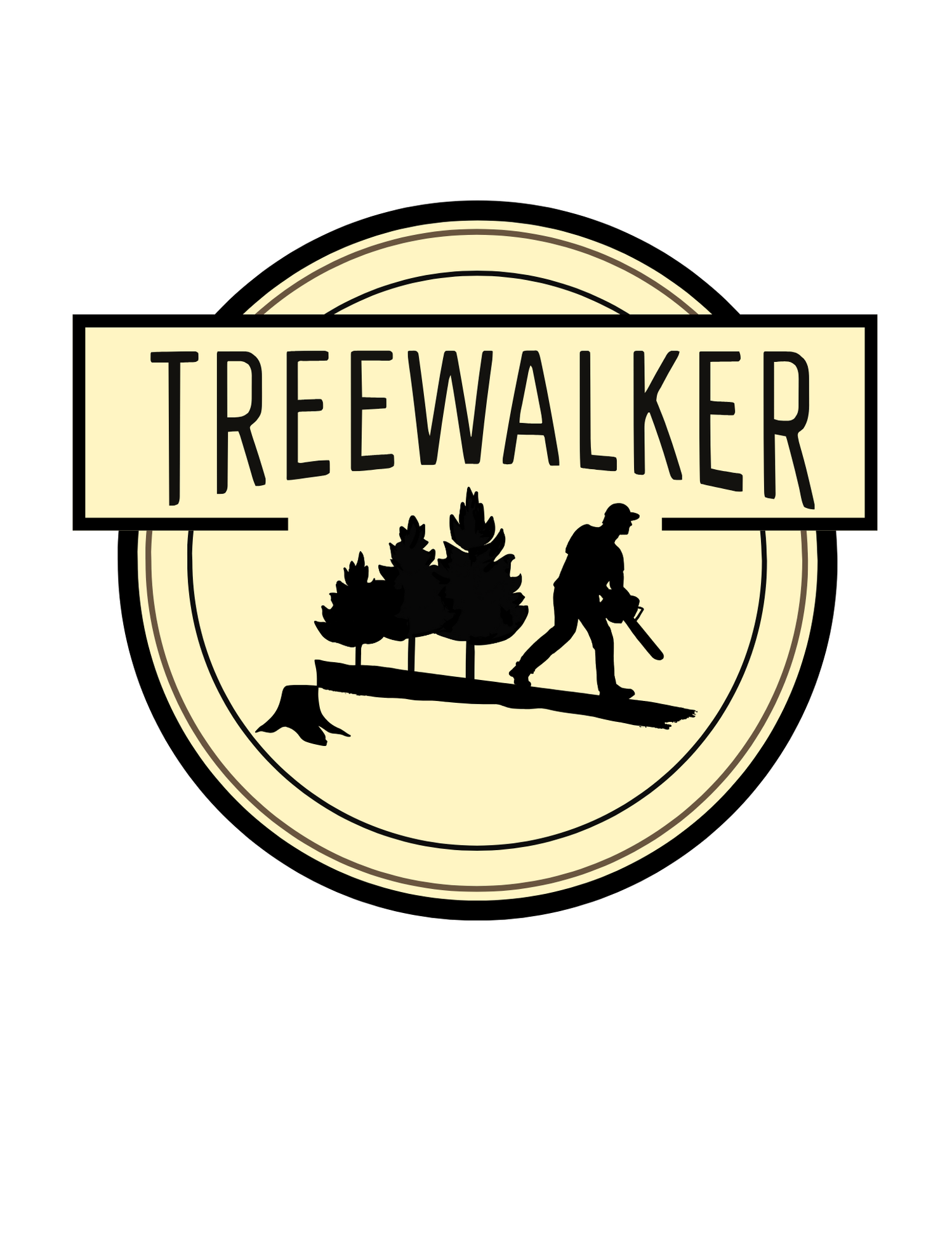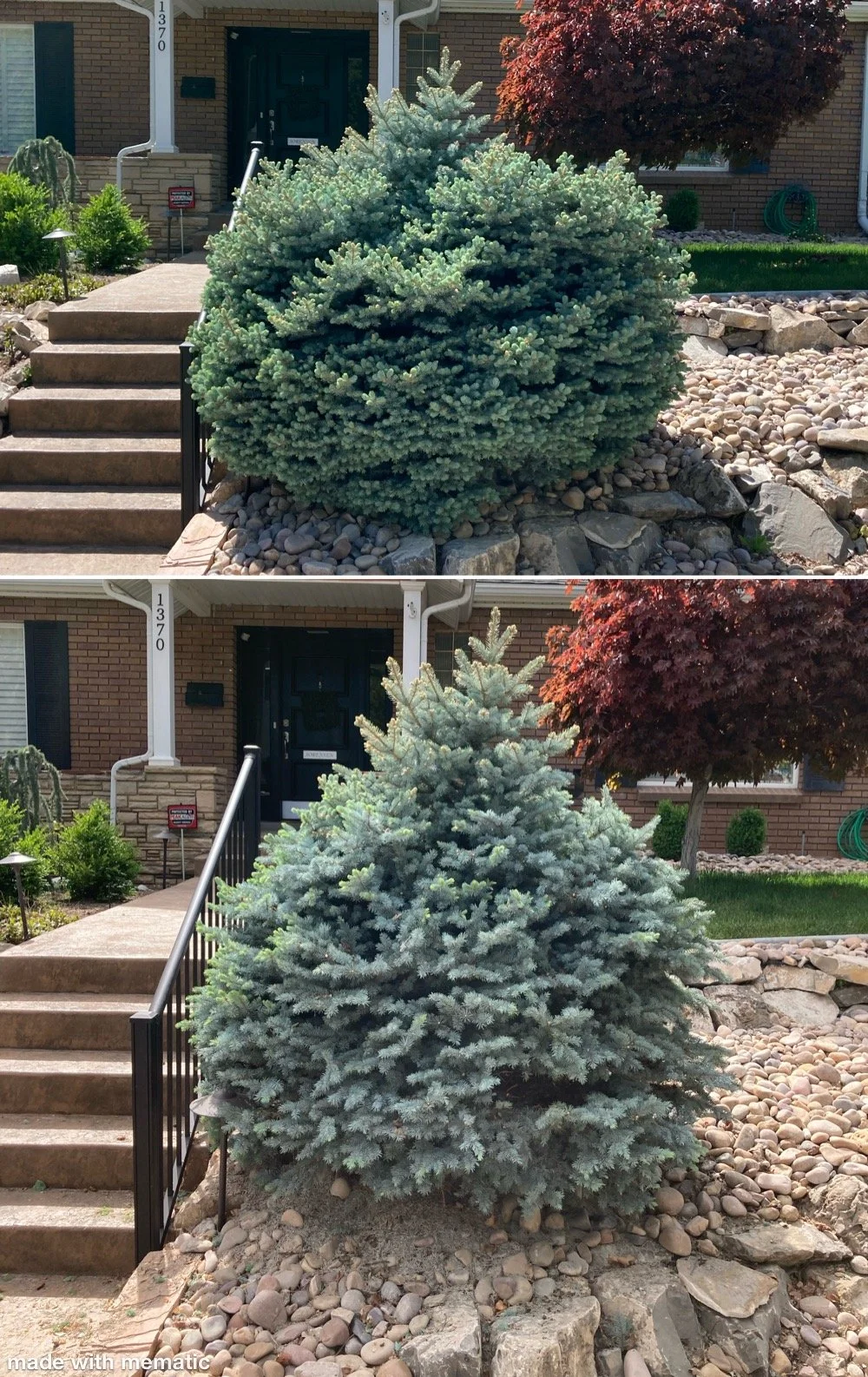pruning
Pruning is one of the most important and beneficial services a tree can receive throughout its life. When done correctly, structural pruning helps young trees develop a strong, stable framework by encouraging a dominant central leader and well-spaced scaffold branches. This early training reduces the risk of future branch failures, lowers maintenance costs over time, and extends the overall lifespan of the tree. For mature trees, selective pruning can reduce weight on heavy limbs, mitigate storm damage risks, and maintain structural integrity without compromising the tree’s health.
Beyond safety and longevity, pruning greatly enhances the aesthetic appeal of a tree and the landscape it occupies. Removing dead, diseased, or awkwardly growing limbs helps refine the natural shape of the canopy, allowing more light to filter through and creating a cleaner, more polished look. Pruning can open up scenic views, improve curb appeal, and ensure trees complement the surrounding structures rather than obstructing or overwhelming them.
Regular, professional pruning also improves tree health by increasing air circulation and sunlight penetration throughout the canopy—key factors in reducing fungal disease and promoting vigorous growth. Whether the goal is to preserve a signature tree in your yard or maintain the elegance of a row of ornamentals, thoughtful pruning blends art and science to keep your trees both beautiful and structurally sound for years to come.
Pruning estimate
treewalkerutah@outlook.com
(385)-243-8202
Logan UT




